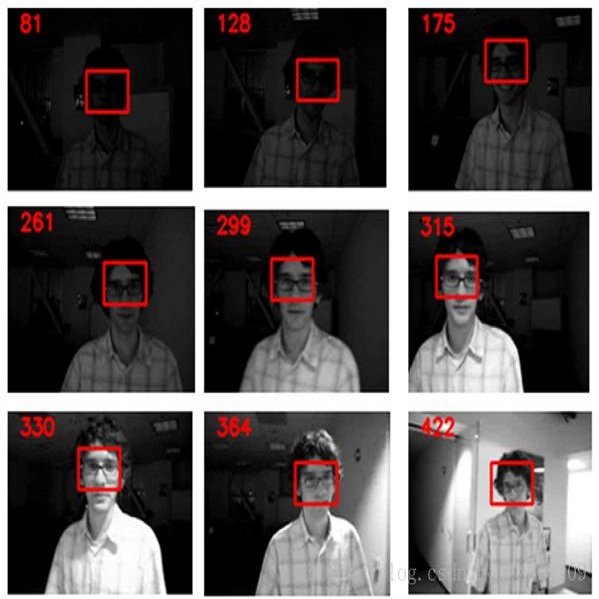Region-based methods have become increasingly popular for model-based, monocular 3D tracking of texture-less objects in cluttered scenes. However, while they achieve state-of-the-art results, most methods are computationally expensive, requiring significant resources to run in real-time. In the following, we build on our previous work and develop SRT3D, a sparse region-based approach to 3D object tracking that bridges this gap in efficiency. Our method considers image information sparsely along so-called correspondence lines that model the probability of the object's contour location. We thereby improve on the current state of the art and introduce smoothed step functions that consider a defined global and local uncertainty. For the resulting probabilistic formulation, a thorough analysis is provided. Finally, we use a pre-rendered sparse viewpoint model to create a joint posterior probability for the object pose. The function is maximized using second-order Newton optimization with Tikhonov regularization. During the pose estimation, we differentiate between global and local optimization, using a novel approximation for the first-order derivative employed in the Newton method. In multiple experiments, we demonstrate that the resulting algorithm improves the current state of the art both in terms of runtime and quality, performing particularly well for noisy and cluttered images encountered in the real world.
翻译:以区域为基础的方法在以模型为基础、单格的三维跟踪无纹理物体的杂乱场景中越来越受欢迎。 但是,虽然这些方法取得了最先进的结果,但大多数方法在计算上都是昂贵的,需要大量资源实时运行。 在下文中,我们以我们先前的工作为基础,开发了SRT3D, 这是一种以区域为基础的稀疏方法,用于追踪三维物体,以弥合效率方面的这一差距。我们的方法认为,图像信息在所谓的通信线路上是稀疏的,该通信线路是该物体轮廓位置的概率的模型。我们因此改进了目前艺术的状态,引入了考虑到确定的全球和地方不确定性的平滑步骤功能。对于由此产生的概率性配方,我们提供了透彻的分析。最后,我们使用了一种先发式的稀释观点模型,为该物体的构成创造共同的场景概率。我们利用二级的Newton优化和Tikhonov的正规化,将这一功能最大化。在做出估计时,我们用新顿方法中所使用的第一阶次衍生品衍生品的近似近近似,我们用新的近似的近似式的图像来改进了全球和地方的节制。我们用最接近式的方法,在现实世界中,我们用最接近式的图像上展示了。我们用最接近的方式改进了。




